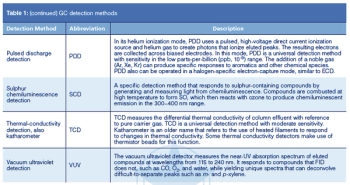
LCGC Europe
Chromatographic principles and best practices for obtaining highly precise retention time, peak width, and resolution predictions for the optimization of reversed-phase liquid chromatography (LC) separations using retention modelling software will be discussed. The importance of fully characterizing the LC instrumentation, how to generate accurate input data, the selection of appropriate models, and peak tracking will be addressed along with a suggested workflow. Adhesion to a few basic rules and simple precautions and the use of modern retention modelling software programmes can assist the rapid development of highly accurate retention models to enable the development of robust and optimized reversed-phase LC separations using either ultrahigh-pressure liquid chromatography (UHPLC) or high performance liquid chromatography (HPLC) conditions. Examples of retention modelling for small and large molecules will be highlighted.




